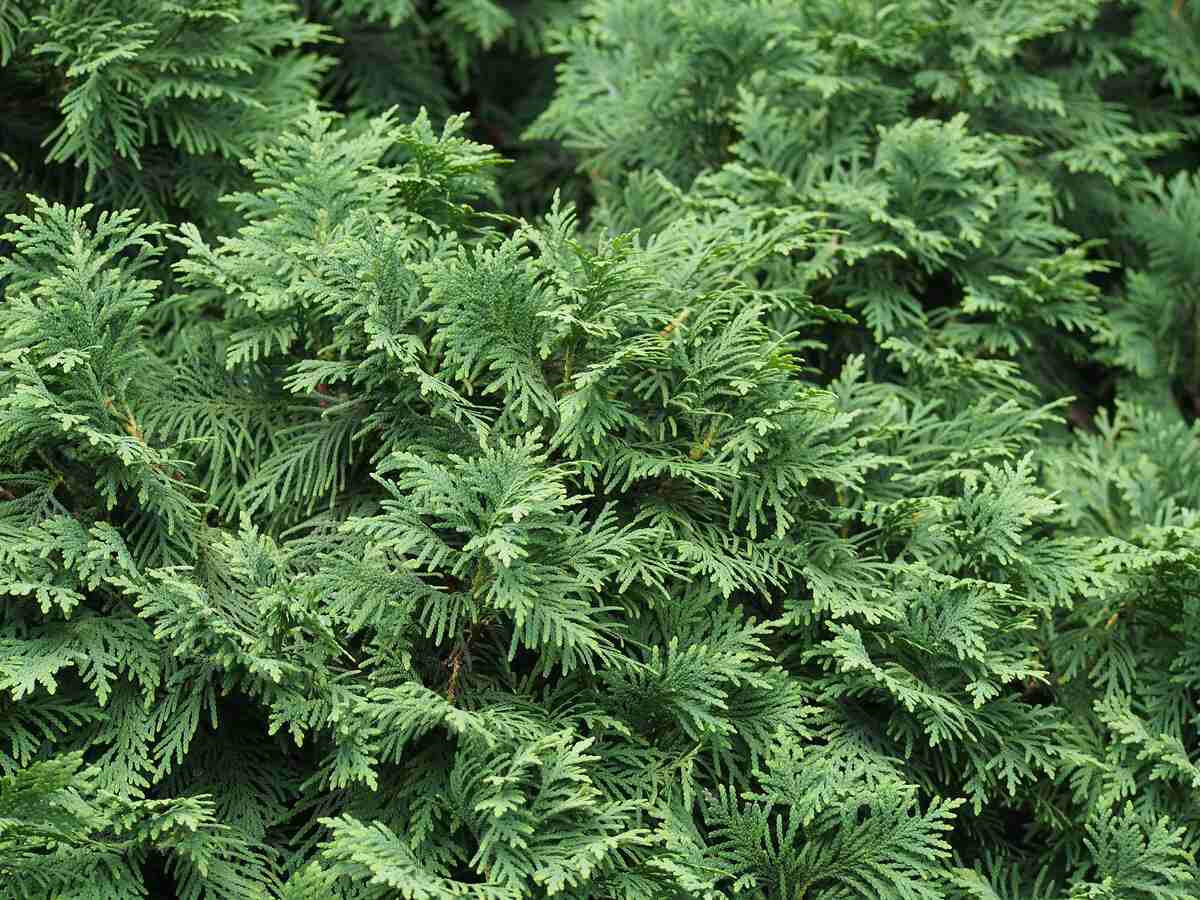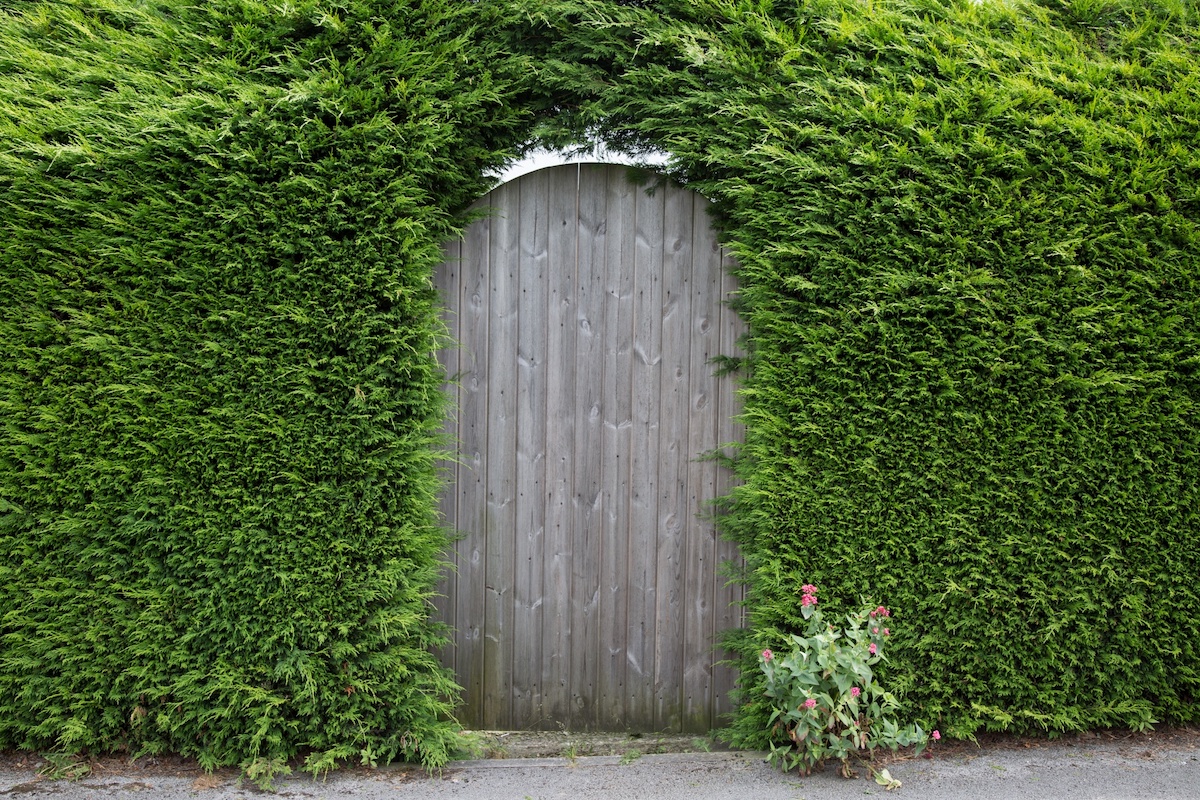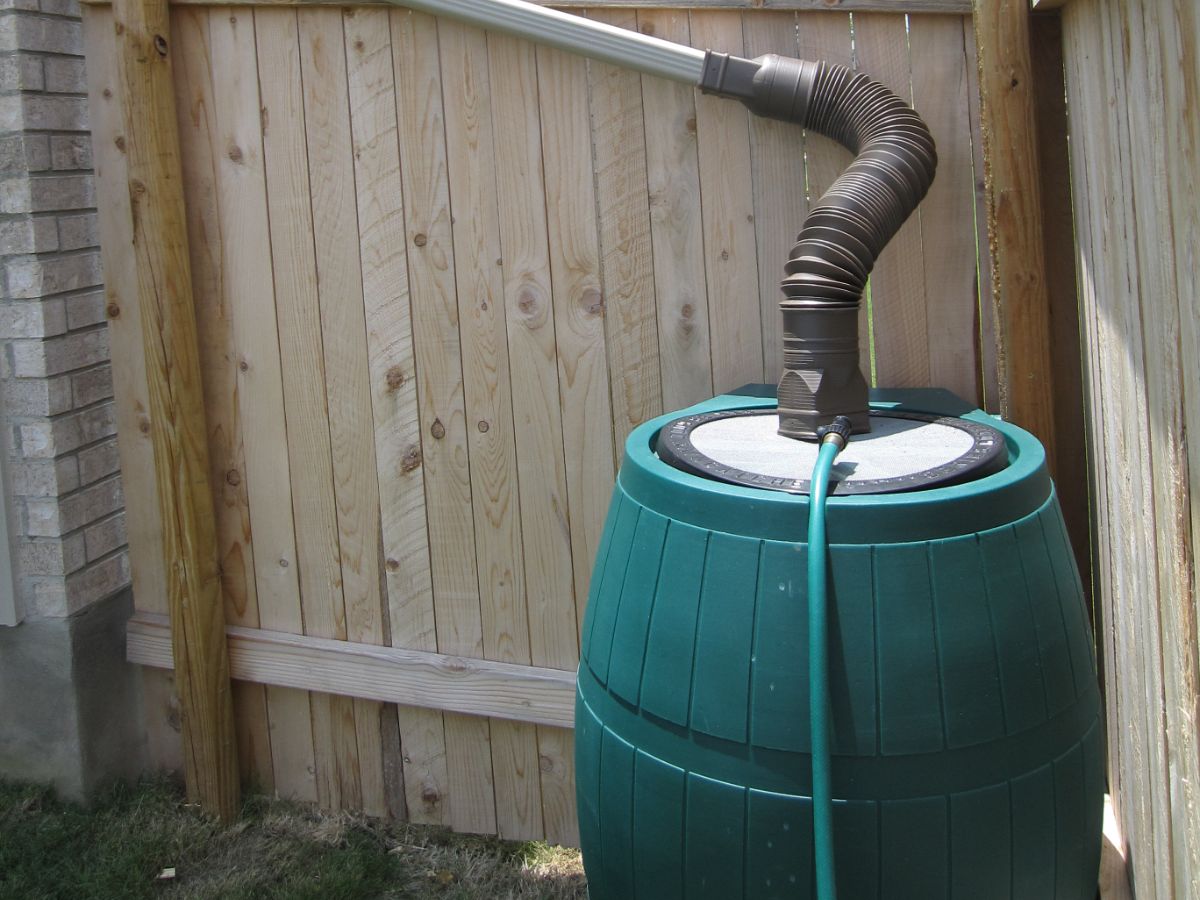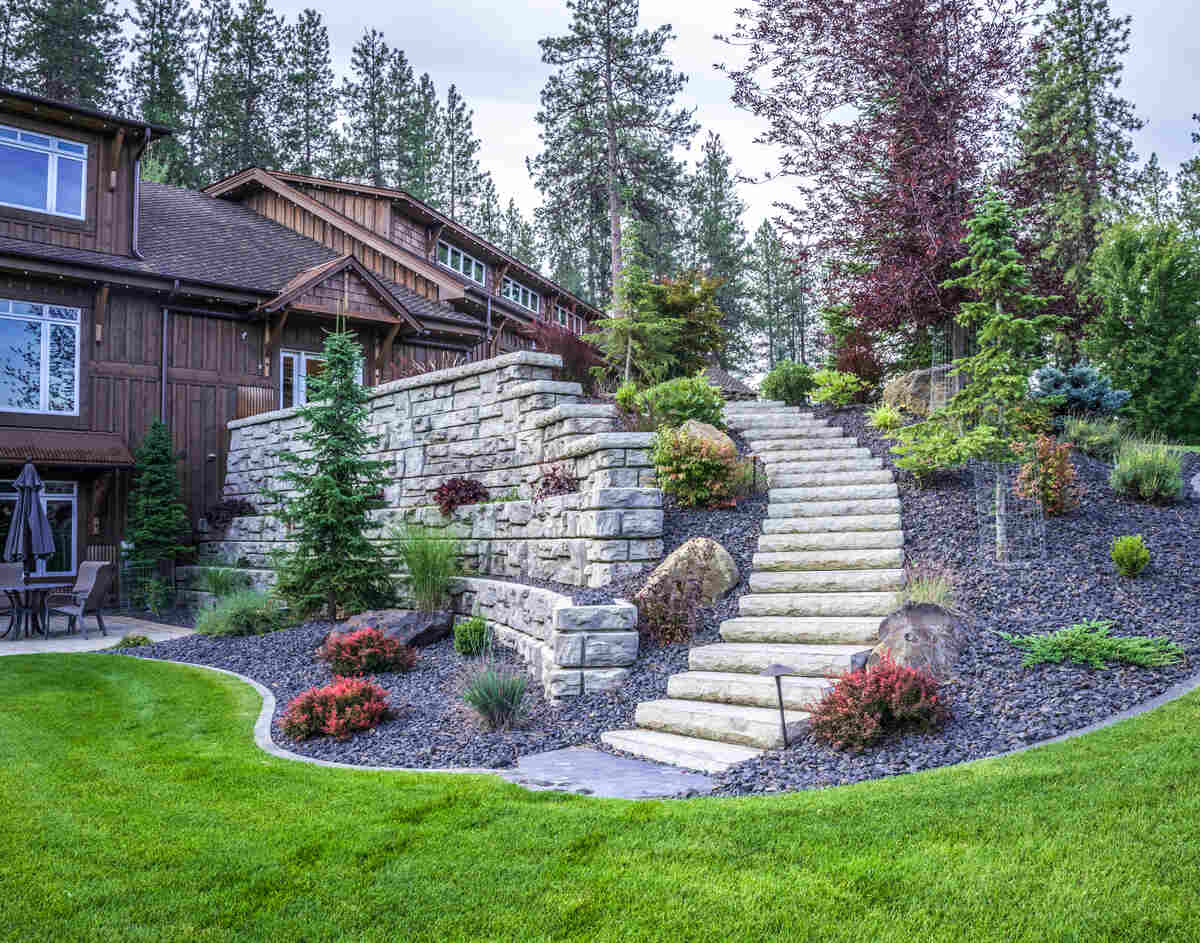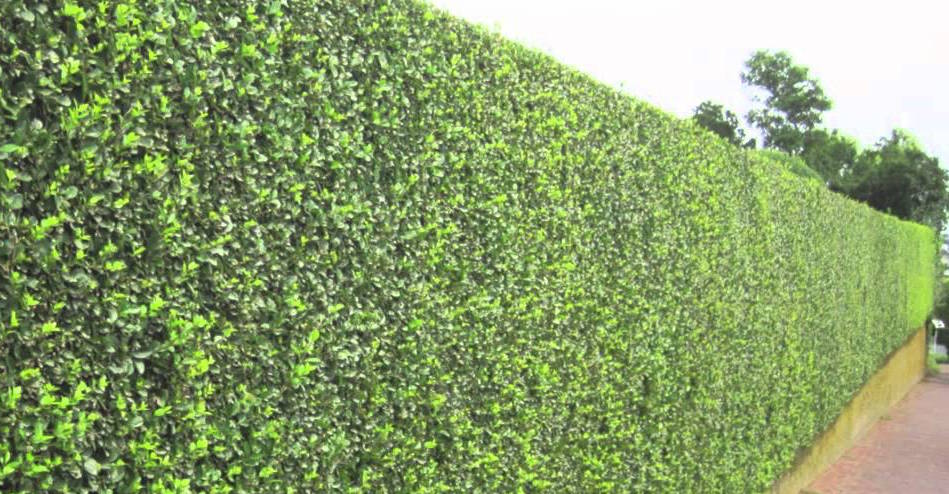
By now, you’ve repeatedly heard Republican presidential nominee Donald Trump touting his plan to build a wall along the U.S.-Mexico border to boost security.
The U.S. shares a 1,989-mile border with its southern neighbor, but Trump has said the wall needs to be only 1,000 miles long thanks to existing natural barriers. A 1,000-mile concrete wall would cost anywhere from $8 billion to $12 billion to build, according to Trump, while a report from research firm AllianceBernstein puts the price tag as high as $25 billion.
Donald Trump wants to build a 1,000-mile concrete wall along the U.S.-Mexico border.
Photo: Flickr/Michael Vadon
A Cheaper ‘Wall’
Here at LawnStarter, we’re obsessed with all things landscaping, so we wondered how much it would cost to put up a 1,000-mile-long privacy hedge along the border instead of a concrete wall.
A hedge “wall” certainly wouldn’t be as much of a deterrent as a concrete wall, but it’d definitely be prettier. As it turns out, a 1,000-mile privacy hedge along the U.S.-Mexico border also would be much cheaper than a concrete wall.
Based on a rough estimate of $200 per linear foot, a 1,000-mile privacy hedge would cost about $1.05 billion — just 4 percent of the highest price tag for the concrete wall. The estimate of $200 per linear square foot includes material (namely the hedges) and labor (for planting the greenery).
The U.S.-Mexico border cuts through Big Bend National Park in Texas.
Photo: Wikimedia Commons
Natural Border?
Ashley Gregory, a horticulture agent with the Texas A&M AgriLife Extension Service in Texas’ Rio Grande Valley border region, thinks it’s possible to create a border “wall” — at a fraction of the cost of the Trump wall — from native trees or shrubs such as:
- Texas ebony, which can grow 25 to 30 feet tall.
- Granjeno, which can reach 10 feet high in height.
- Colima, which can stand as much as 36 feet tall.
- Mesquite, which can extend up to 20 to 50 feet high.
As proposed by Trump, the concrete wall would be up to 40 feet high.
“Most of the native plants are pretty thorny,” Gregory says, “and if we simply let them grow back and helped them out by filling in to make them very dense, I think it would create a pretty good border on its own.”
Could a tree like this Granjeno help form a natural border?
Photo: Texas A&M AgriLife Extension Service
Gregory says a border comprising natural vegetation would benefit the environment. Since 1979, the Lower Rio Grande Valley National Wildlife Refuge has been working to scoop up farmland to establish a wildlife corridor along the Rio Grande River from Falcon Dam to the Gulf of Mexico, a swath covering more than 100 miles. As part of the project, an array of trees, shrubs and other vegetation is being planted in the wildlife corridor.
“If you focused on planting densely right along the river, not only would we be helping to preserve our native habitat — which supports hundreds of species of animals — but you would also be creating a natural border,” she says.
The Lower Rio Grande Valley National Wildlife Refuge is in Texas, which contains more than 60 percent of the U.S.-Mexico border.
Gregory says she realizes critics might mow down the idea of a “natural border.”
“Some may argue that this would only provide more opportunity for hiding and for people to cross [the border] under the cover of the plant canopy,” she says, “but if you’ve ever tried to walk through dense thorny brush, you know it’s not easy or pleasant.”
About one-third of Americans support building the border wall proposed by Donald Trump.
Photo: Twitter/Trip Gabriel
Pros and Cons
Aside from the lower cost, we think a privacy hedge, or natural border, would look far better than a concrete wall. As columnist and former Nixon administration official John Dean writes, the Trump-proposed wall would “wreck the ecology of the Southwestern United States.” Four states in the West and Southwest — Arizona, California, New Mexico and Texas — sit along the U.S. border with Mexico.
Of course, we realize that a privacy hedge along the U.S.-Mexico border likely would keep out far fewer undocumented immigrants than a wall would. Still, we believe a privacy hedge would be the more popular option. After all, 62 percent of Americans oppose the Trump-envisioned wall, a survey by the Pew Research Center shows.
“There is simply no way for a large, open, and democratic country like the United States to construct and maintain perfect border defenses. It is hard to think of another issue where the public debate is so utterly at odds with what the government can realistically achieve,” according to a report from the Cato Institute, a libertarian think tank.
So why not at least make our border with Mexico look more attractive by installing a privacy hedge? We’re not hedging our bets here, but we’d rather see a wall of gorgeous greenery than a wall of ugly concrete.
Top image: YouTube/Plant Nsy




